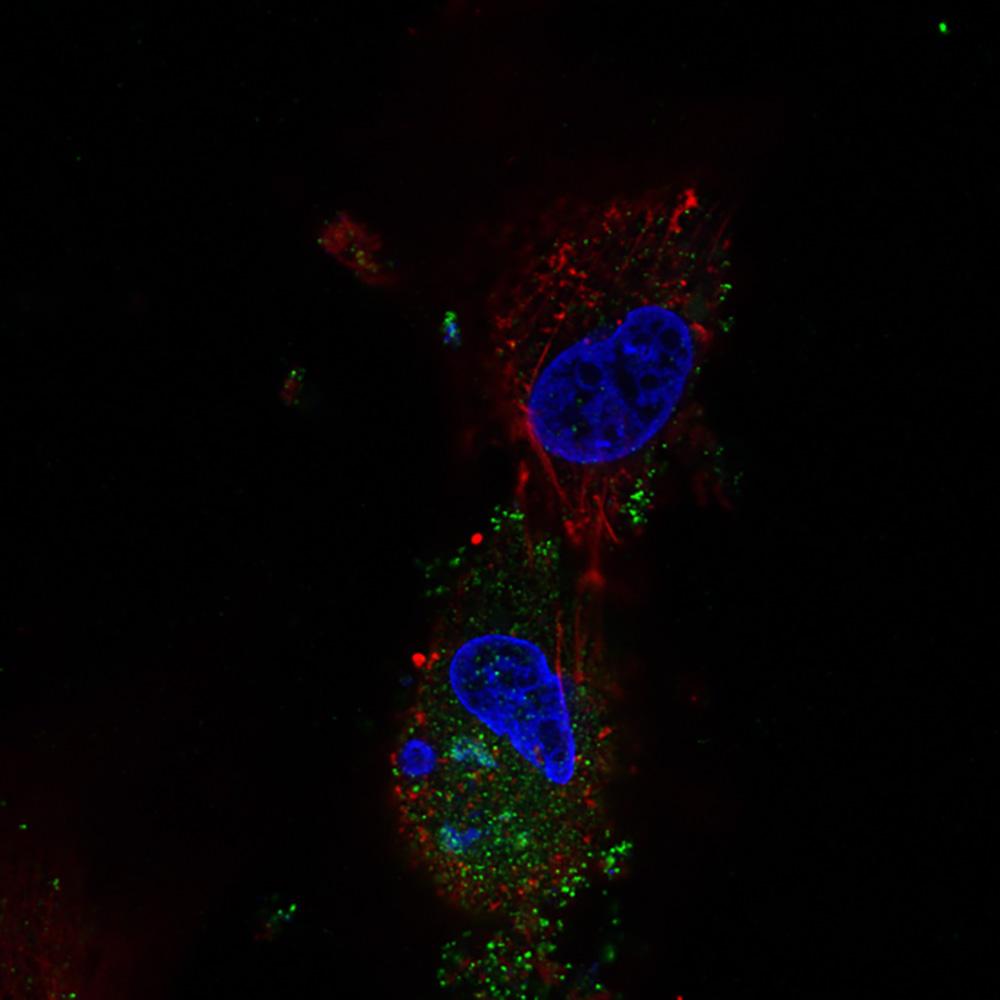Financial impact of sheep and goat pox and estimated profitability of vaccination for subsistence farmers in selected northern states of Nigeria
Sheeppox and goatpox (SGP) are important transboundary diseases, endemic in Nigeria, causing severe clinical manifestations, impacting production, and resulting in economic losses. Vaccination is an effective control measure in endemic countries but is not currently implemented in Nigeria. This study aimed to estimate SGP financial impact and assess economic viability of SGP vaccination at the herd and regional level under different scenarios in Northern Nigeria. Integrated stochastic production and economic herd models were developed for transhumance and sedentary herds. Models were run for two disease scenarios (severely and slightly affected) and with and without vaccination, with data parameterisation from literature estimates, field survey and authors’ experience. Herd-level net financial impact of the disease and its vaccination was assessed using gross margin (GM) and partial budget analyses. These were then used to assess regional financial impact of disease and profitability of a 3-year vaccination programme using a cost-benefit analysis. The regional-analysis was performed under 0%,50% and 100% government subsidy scenarios; as a standalone programme or in combination with other existing vaccination programmes; and for risk-based and non-risk-based intervention.
Median SGP losses per reproductive female were £27 (90% CI: £31-£22), and £5 (90% CI: £7-£3), in sedentary, and £30 (90% CI: £41-21), and £7 (90% CI: £10-£3), in transhumance herds, for severely and slightly affected scenarios respectively. Selling animals at a reduced price, selling fewer young animals, and reduced value of affected animals remaining in the herd were the greatest contributors to farmer’s SGP costs. SGP-affected herds realised a GM reduction of up to 121% in sedentary and 138% in transhumance. Median estimated regional SGP cost exceeded £24 million. With 50% subsidies, herd-level median benefits of vaccination per reproductive female were £23.76 (90% CI: £19.28-£28.61), and £4.01 (90% CI: £2.36-£6.31), in sedentary, and £26.85 (90% CI: £17.99-£37.02) and £7.45 (90% CI: £3.47-£15.14) in transhumance herds, in severely and slightly affected scenarios, respectively at 50% subsidies, and benefit: cost ratio (BCR) ranged from 5-7. Regionally, SGP vaccination standalone programme was found to be economically viable (BCR: 7-27). Adding SGP vaccination to an existing vaccination programme increased BCR (7-228). A risk-based vaccination programme realised a higher positive BCR (19-439) whereas focusing on low incidence areas realised benefits only with 100% subsidies. This study further increases understanding of SGP’s impact within Northern Nigeria and demonstrates vaccination is an economically viable control strategy at the herd-level and for most of the regional-level vaccination strategies explored.

